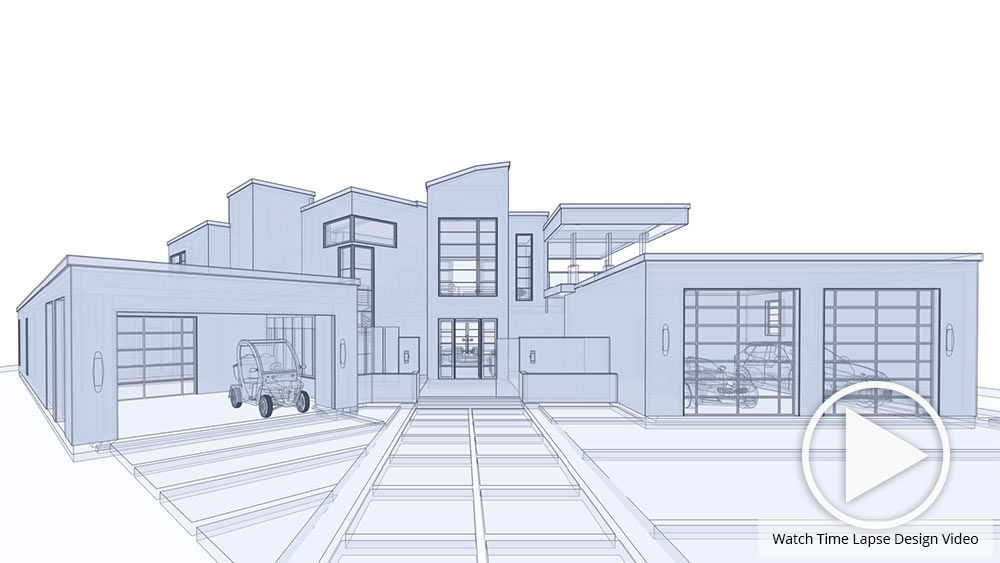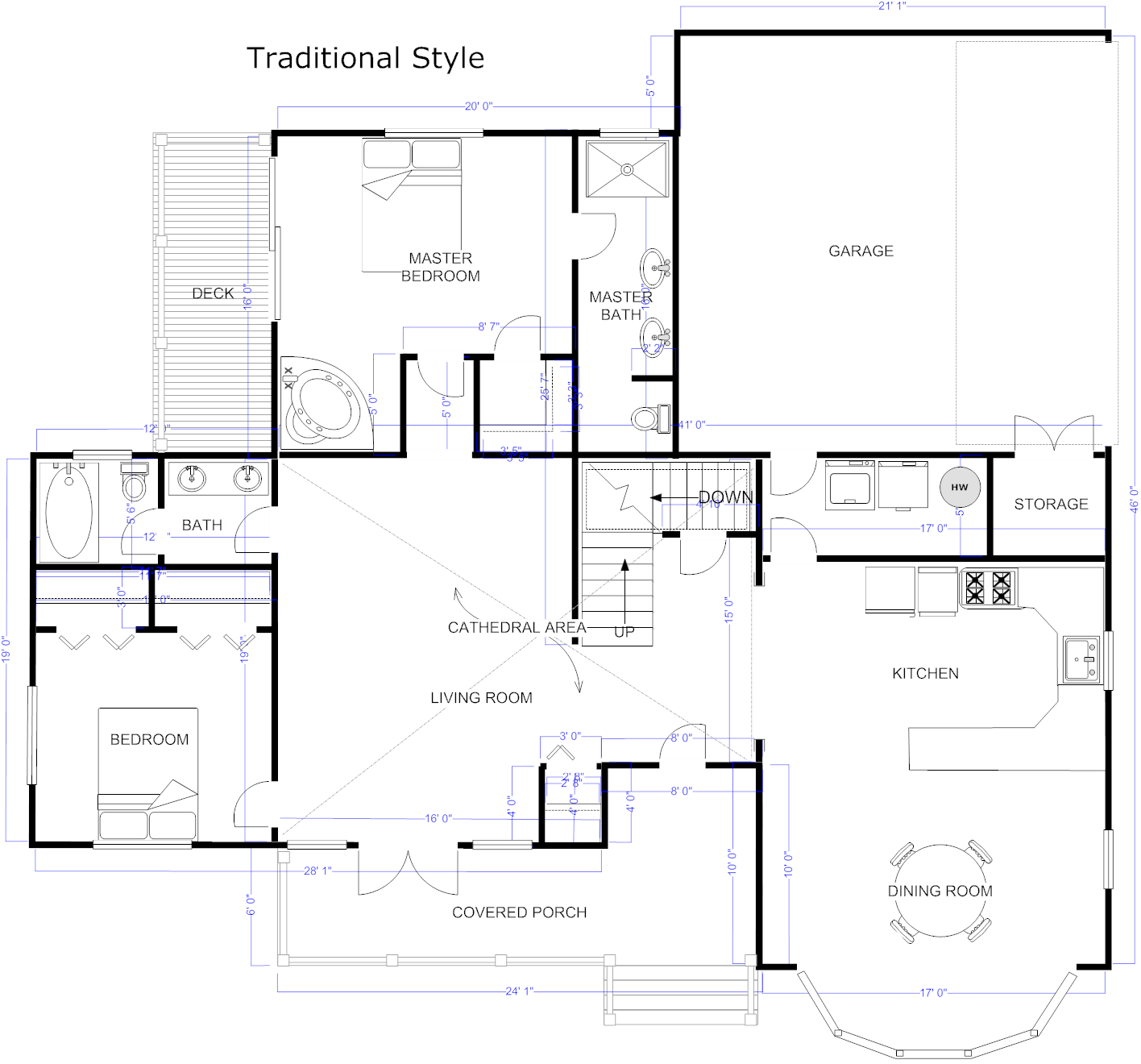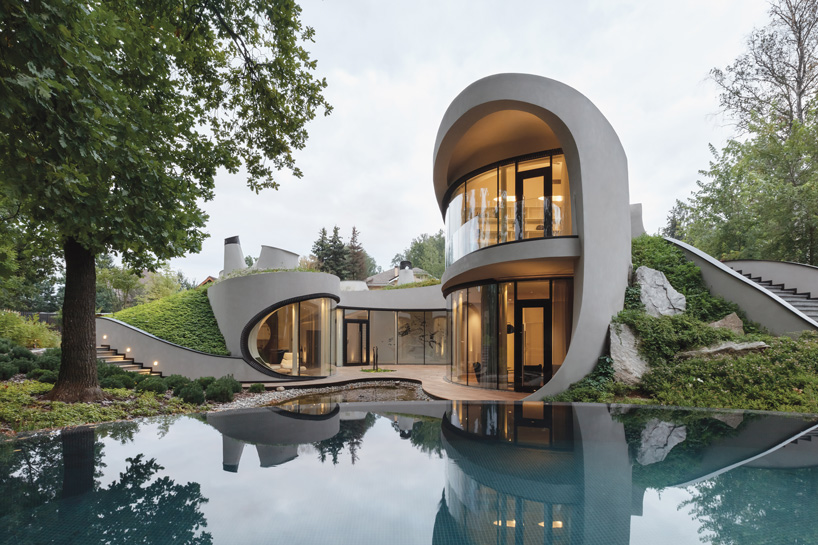The Effect of Technical Improvements on the Layout Practices of Contemporary Architects
The quick development of technical devices has actually considerably improved the style landscape for contemporary architects, promoting extraordinary degrees of development and sustainability. Discovering these characteristics discloses a nuanced interplay between innovation and standard layout methods, triggering a closer examination of what the future holds for architectural methods.
Development of Architectural Equipment
Exactly how have building tools changed the design and construction procedures over the centuries? The evolution of architectural devices has actually substantially influenced the efficiency, accuracy, and imagination of layout and building and construction.
With the advent of the Renaissance, the intro of the compass and the protractor marked a crucial shift. These tools allowed architects to accomplish greater precision in their designs, facilitating the appearance of even more detailed and proportionate buildings. The Industrial Change additionally reinvented architectural exercise with the introduction of mechanized tools and materials, allowing for bigger and much more enthusiastic tasks.
In the 20th century, the advancement of computer-aided design (CAD) software program transformed the landscape once more, giving architects with extraordinary abilities in modeling and visualization. Today, advanced devices such as Building Details Modeling (BIM) and parametric design software application continue to press the borders of architectural development, enabling a more integrated method to layout and building and construction processes.
Boosted Cooperation in Design
As modern technology continues to advance, boosted cooperation in layout has become a keystone of contemporary building practice. The combination of digital devices such as Building Information Modeling (BIM), cloud-based systems, and progressed visualization software has transformed the means engineers, designers, and stakeholders communicate throughout the design procedure. These tools facilitate real-time communication, enabling teams to share ideas, adjustments, and responses immediately, despite geographical location.

Furthermore, interdisciplinary partnership has been streamlined through these technological advancements, enabling architects to work more closely with other professionals, such as metropolitan planners and environmental experts. The result is a much more cohesive technique to create that considers numerous perspectives and know-how. Eventually, enhanced collaboration in style is not merely a pattern; it is important for producing ingenious, practical, and cosmetically pleasing architecture in a progressively intricate globe.

Sustainability Through Technology
Sustainability in design has progressively come to be linked with technological advancement, driving the market toward environmentally liable methods. Contemporary architects are leveraging advanced technologies to lessen environmental impact while enhancing the performance of buildings. cda architects. One popular example is the usage of Structure Information Modeling (BIM), which permits specific planning and source appropriation, reducing waste during building and construction and advertising power efficiency throughout a structure's lifecycle
Furthermore, clever products and energy-efficient systems are being incorporated into styles to enhance resource usage. Technologies such as solar batteries and environment-friendly roof her comment is here harness renewable energy sources, contributing to reduced carbon footprints. Furthermore, the application of synthetic knowledge in design processes allows architects to mimic and analyze energy usage, assisting decisions toward even more sustainable end results.
The combination of lasting technologies not just straightens with worldwide ecological objectives however likewise meets a raising demand from see this here consumers for environmentally friendly services. As designers embrace these technologies, the emphasis shifts in the direction of creating rooms that are not just visually pleasing yet likewise functionally sustainable, thus redefining the standards of contemporary architecture. By doing this, modern technology offers as a catalyst for sustainability, allowing designers to create buildings that regard and boost the natural surroundings.
Obstacles in Implementation
While technological developments in style hold wonderful assurance for enhancing sustainability, their application often encounters substantial obstacles. One main obstacle is the high knowing contour connected with brand-new innovations. Designers and building and construction specialists may call for comprehensive training to successfully utilize sophisticated software program and devices, which can postpone job timelines and increase costs.
In addition, the assimilation of arising technologies, such as Building Details Modeling (BIM) and lasting products, commonly demands cooperation across multidisciplinary teams. This cooperation can be hindered by distinctions in know-how, process, and communication styles, causing possible conflicts and ineffectiveness.

In addition, regulative structures and building codes might not keep speed with technological advancements, producing ambiguity and possible compliance problems. This obstacle can dissuade designers from totally embracing brand-new innovations, as the danger of non-compliance may exceed the advantages. As a result, More Info addressing these implementation difficulties is vital for the effective integration of technical improvements in contemporary architectural methods.
Future Patterns in Architecture
The challenges connected with the implementation of new innovations in design have actually prompted a reevaluation of future fads within the industry - cda architects. As architects navigate issues such as sustainability, urbanization, and social equity, they are significantly embracing ingenious technologies to enhance layout efficiency and environmental efficiency
One popular fad is the assimilation of expert system (AI) in the style process. AI devices can assess huge datasets to notify design choices, enhancing both creativity and functionality. Building Information Modeling (BIM) proceeds to progress, making it possible for real-time collaboration among stakeholders and helping with streamlined project administration.
Lasting design practices are likewise getting momentum, with designers focusing on adaptive reuse and regenerative design concepts that minimize resource consumption and waste. The incorporation of clever materials and renewable resource sources will even more improve the durability of structures despite environment adjustment.
Furthermore, the rise of parametric design enables more individualized and context-sensitive architectural solutions (cda architects). By using these developments, designers are positioned to develop built settings that not just attend to the prompt requirements of society yet likewise prepare for future challenges, thereby redefining the function of style in an ever-changing world
Final Thought
Technical advancements have substantially reshaped building layout practices, assisting in improved precision, cooperation, and sustainability. The combination of tools such as Structure Information Modeling and parametric layout software program, together with man-made intelligence and smart materials, equips designers to address intricate challenges more successfully.